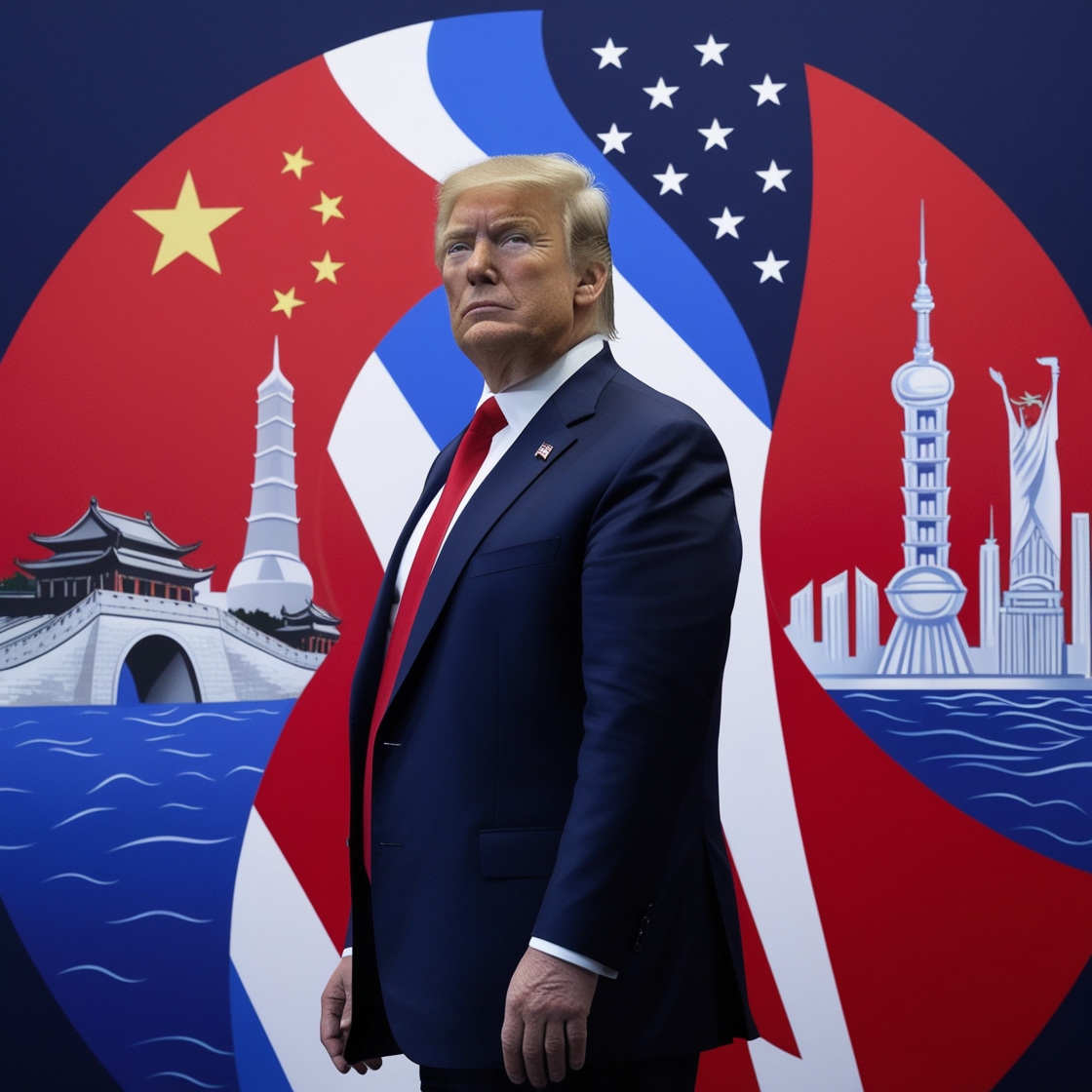As Donald Trump takes office again, companies on both sides of the Pacific are bracing for a new era of trade policies. With Trump’s history of imposing tariffs and trade barriers, the stakes are high, particularly for the US-China cross-border eCommerce sector. This dynamic marketplace, where Chinese brands strive to penetrate the US market and vice versa, could face fresh challenges. To succeed, businesses will need to stay agile, rethink their strategies, and prepare for potentially turbulent trade conditions.
Impact of Potential Tariffs and Trade Restrictions
For Chinese Companies Entering the US
A central tenet of Trump’s trade policy has been high tariffs on Chinese goods. If Trump reintroduces a 60% tariff, as discussed by Bloomberg Economics, the impact on Chinese companies could be significant. Such tariffs might force Chinese brands in sectors like technology, manufacturing, and consumer goods to reconsider their US expansion strategies. Electronics and electric vehicles (EVs) might be particularly vulnerable, making market entry more costly and complex.
For American Companies Entering China
China, in response, could impose retaliatory measures on American companies. This might include tariffs on US agricultural products and even sanctions on American firms. Many American businesses, from tech giants to consumer brands, rely on China’s vast consumer base, so any added cost to exporting there could affect profitability and market penetration.
Key Sectors and their Exposure to US-China Trade Policies
- Technology and Electronics
Trump’s prior policies aimed to limit China’s access to crucial tech infrastructure, particularly semiconductors. Although the US sanctions have had mixed results, they’ve hampered Chinese tech giants from gaining full independence in this area. American and Chinese tech companies are at risk of disrupted supply chains and increased operational costs, potentially stifling eCommerce growth. - Electric Vehicles (EVs)
China’s thriving EV industry, led by companies like BYD, has already surpassed Tesla in revenue. However, the US and EU have responded by imposing tariffs on Chinese EVs. For both Chinese EV makers aiming to penetrate the US and American automakers sourcing parts from China, these restrictions could hinder cross-border eCommerce growth within the auto sector. - Agriculture
As a core American export, agriculture is a likely target for Chinese counter-tariffs. This could impact the cross-border trade of food and agricultural goods, making US products less competitive in the Chinese market and reducing American brands’ ability to expand their eCommerce presence there.
Strategies for Resilience and Growth in Cross-Border eCommerce
1. Diversifying Market Presence
With the possibility of heightened tariffs, Chinese companies may consider alternative regions like Southeast Asia, where demand for Chinese tech and consumer goods remains strong. Similarly, American firms can explore local production or third-country partnerships to maintain their competitiveness in China.
2. Investing in Localization
One strategy to mitigate the effect of tariffs and trade restrictions is to invest in localizing products and marketing campaigns for each market. American companies entering China and Chinese brands in the US can benefit from tailoring their offerings to meet local preferences, increasing consumer loyalty even in a tense political climate.
3. Strengthening Supply Chains
To weather future trade uncertainties, cross-border companies can focus on creating robust supply chains. Diversifying suppliers, securing key resources, and establishing contingency plans can help eCommerce brands maintain product availability and avoid costly disruptions.
Geopolitical Considerations for US-China Trade Relations
Beyond trade, broader geopolitical issues influence cross-border commerce between the US and China. With heightened scrutiny on topics such as Taiwan, semiconductors, and Huawei, American and Chinese companies must consider political factors that may impact regulations and market dynamics. For instance, any escalation around Taiwan or continued competition in tech could further strain the business environment, influencing everything from logistics to pricing.
Thriving in the Trump Era of Trade: Adapting for eCommerce Success

The return of Trump signals a complex landscape for cross-border eCommerce between the US and China. Businesses on both sides will need to adopt flexible, resilient strategies to navigate the potential obstacles posed by renewed tariffs, tech restrictions, and geopolitical shifts. By diversifying their market presence, investing in localized strategies, and strengthening supply chains, companies can continue to succeed despite political headwinds.
Cross-border eCommerce thrives on global connectivity, but as Trump’s policies take effect, companies must be ready to adjust and adapt. The future may be challenging, but with the right strategies, both Chinese and American businesses can continue to build fruitful relationships and drive growth in an ever-evolving global market.























